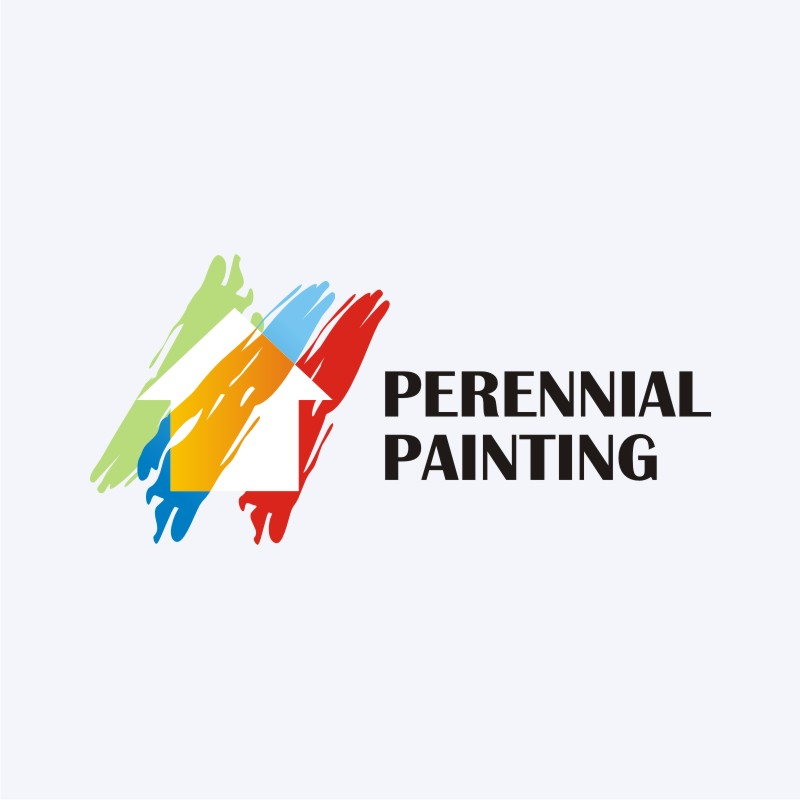The Impact Of Weather On Commercial Exterior Paint: Key Considerations
The Impact Of Weather On Commercial Exterior Paint: Key Considerations
Blog Article
Short Article Writer-Fabricius Duckworth
When you're preparing a commercial exterior painting project, do not take too lightly the influence of climate on your results. You need to take into consideration variables like temperature level, humidity, and precipitation, as they can make or damage your paint work. For example, did you know that optimal conditions ask for specific temperature level ranges and humidity levels? Stopping working to monitor these elements can bring about unequal finishes and even damages to fresh paint. Recognizing these aspects is crucial to accomplishing a resilient, specialist outcome. So, what details weather should you watch out for?
Temperature level Considerations
When it pertains to industrial outside painting, temperature level plays an essential function in the result of your task. If you're painting in extreme heat, the paint can dry also swiftly, causing problems like inadequate bond and irregular finishes. You want to aim for temperatures between 50 ° F and 85 ° F for the best results. Below 50 ° F, paint may not heal properly, while over 85 ° F, you risk blistering and cracking.
Timing your project with the appropriate temperature levels is necessary. Begin your job early in the early morning or later in the mid-day when it's cooler, particularly throughout warm months.
Also, consider the surface temperature; it can be substantially greater than the air temperature level, specifically on warm days. Make use of a surface area thermostat to inspect this before you start.
If temperatures are unforeseeable, watch on the weather forecast. Abrupt temperature level drops or heat waves can derail your strategies. You don't intend to begin repainting only to have the conditions transform mid-project.
Humidity Degrees
Moisture levels dramatically impact the success of your commercial outside painting project. When the moisture is too expensive, it can impede paint drying and curing, causing a series of problems like bad bond and complete high quality.
If you're intending a work throughout wet conditions, you could locate that the paint takes longer to completely dry, which can extend your job timeline and boost costs.
Conversely, reduced moisture can likewise present challenges. Paint may dry as well rapidly, stopping correct application and causing an uneven finish.
https://jeffreyubinu.blogars.com/32170586/the-influence-of-weather-conditions-on-commercial-painting 'll intend to keep track of the humidity degrees carefully to guarantee you're functioning within the excellent range, commonly between 40% and 70%.
To get the most effective outcomes, take into consideration making use of a hygrometer to measure humidity before starting your task.
If you find the degrees are outside the optimal range, you might need to change your timetable or choose paints made for variable problems.
Constantly get in touch with the supplier's standards for specific referrals on moisture tolerance.
Rainfall Impact
Rain or snow can significantly disrupt your commercial external paint plans. When rainfall happens, it can remove freshly used paint or create an unequal finish. Preferably, hotel painting services want to select days with completely dry weather to make sure the paint adheres properly and cures effectively. If you're captured in a shower, it's best to stop the task and await conditions to enhance.
Moreover, snow can be a lot more destructive. Not only does it develop a wet surface, yet it can likewise reduce temperature levels, making it tough for paint to completely dry. This can lead to issues like peeling off or blistering down the line.
It's vital to inspect the weather report prior to beginning your task. If rain or snow is predicted, consider rescheduling.
Always keep in mind to allow adequate drying out time in between coats, specifically if the weather stays uncertain.
Final thought
To conclude, keeping an eye on the weather condition is important for an effective industrial outside paint project. By keeping an eye on temperature level, moisture, and precipitation, you can ensure the most effective problems for application and healing. Keep in mind to plan your job around favorable climate and always follow manufacturer guidelines. With the right approach, you'll accomplish a durable, beautiful surface that can stand up to the aspects. Do not let the climate catch you unsuspecting-- remain notified and repaint wise!
